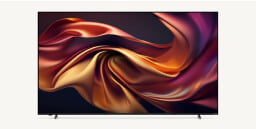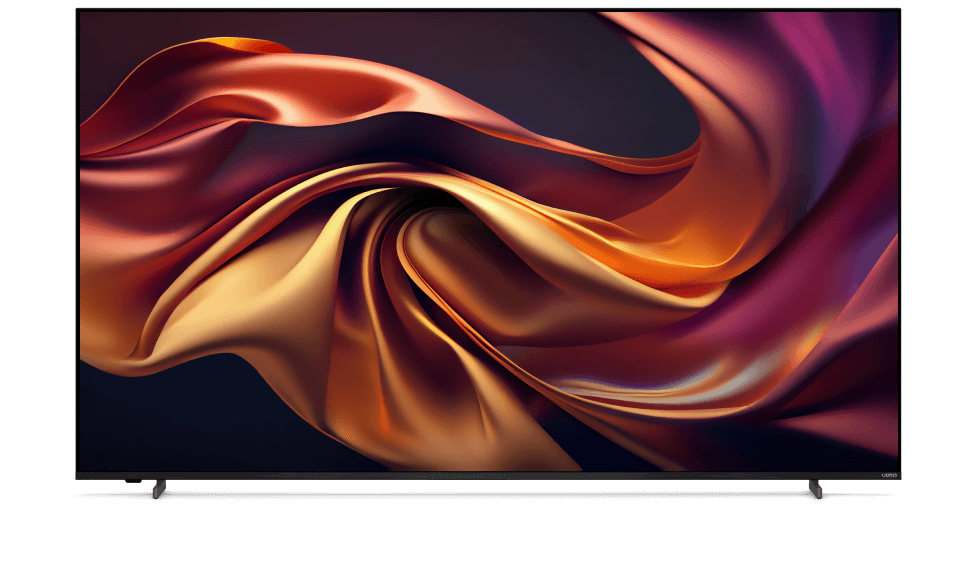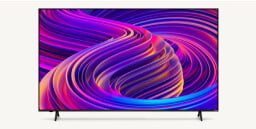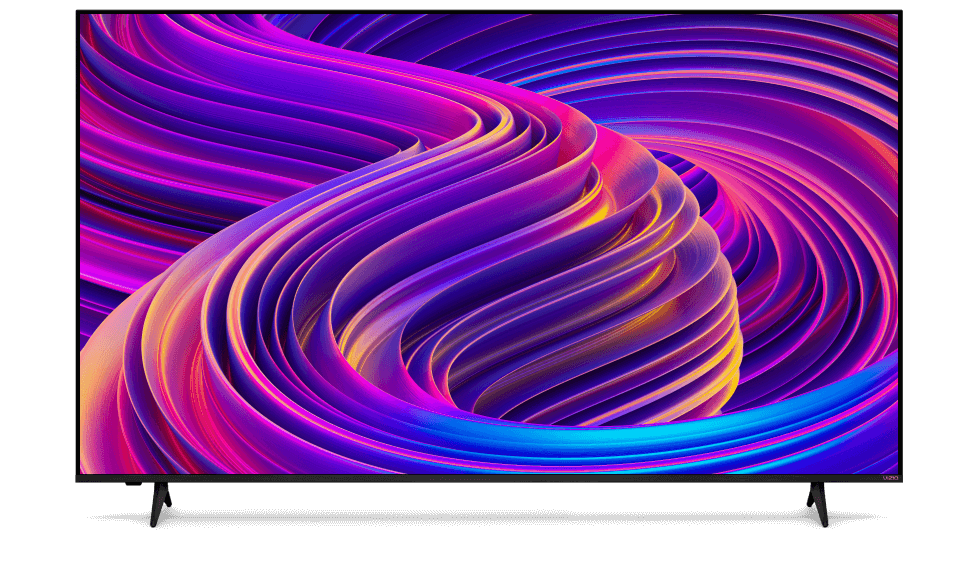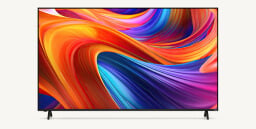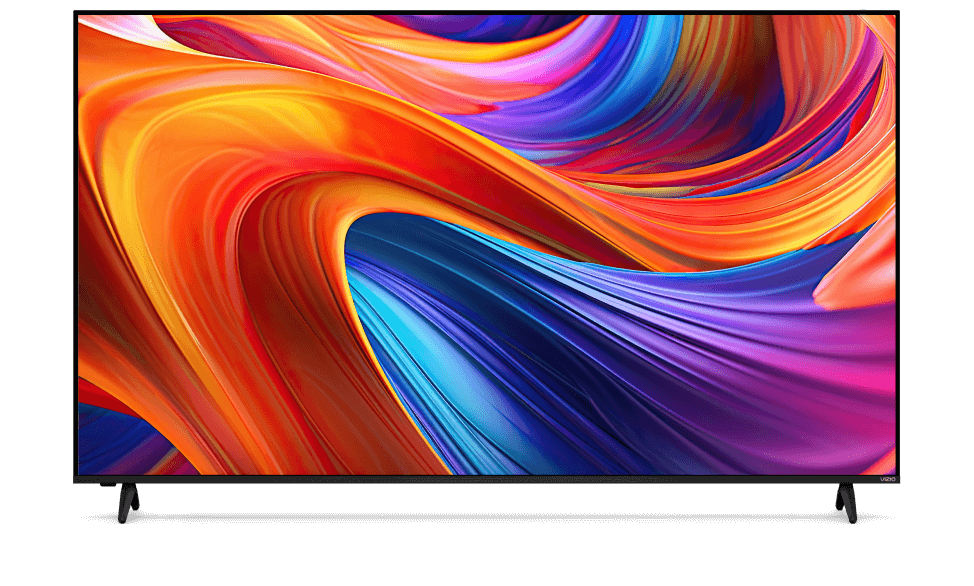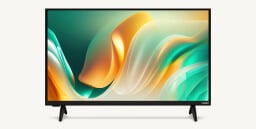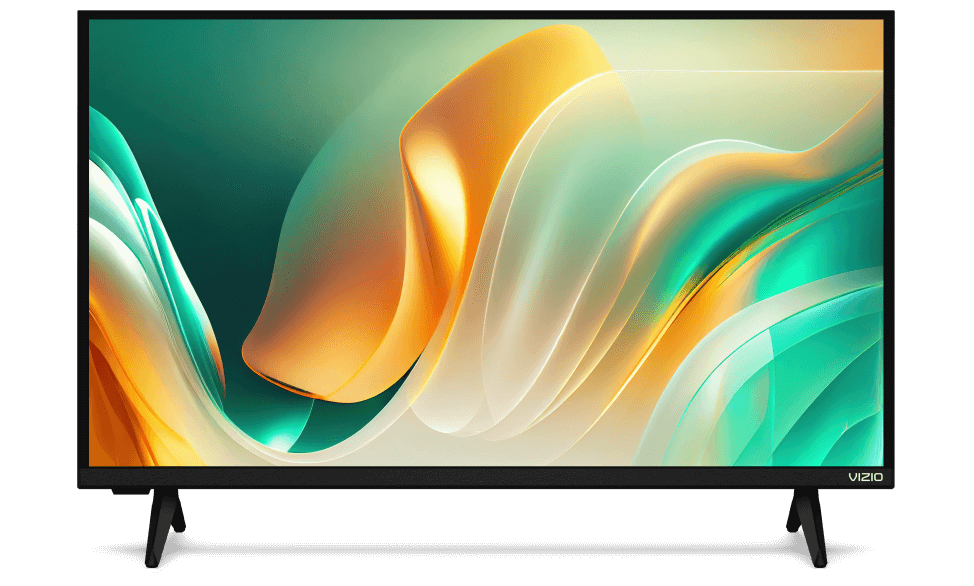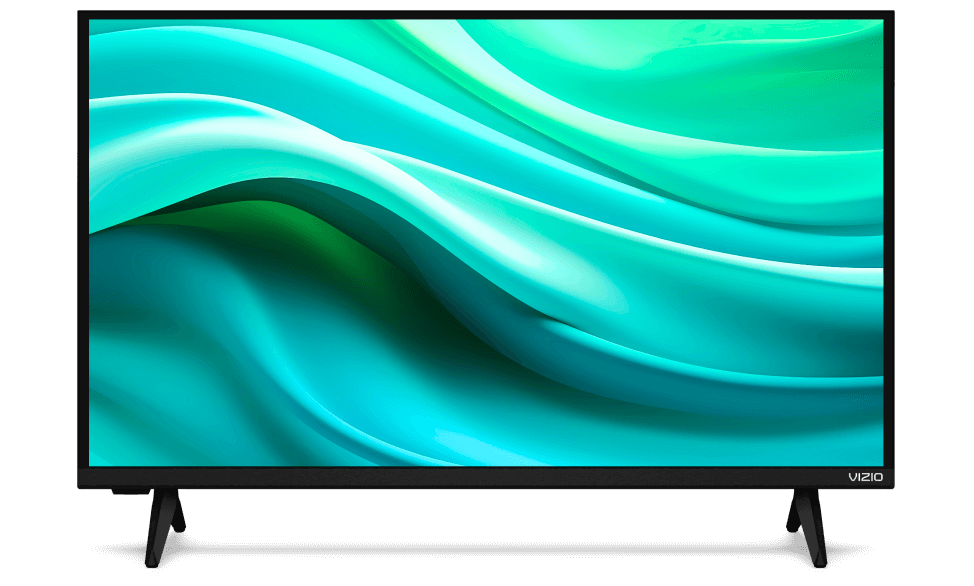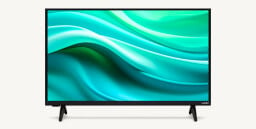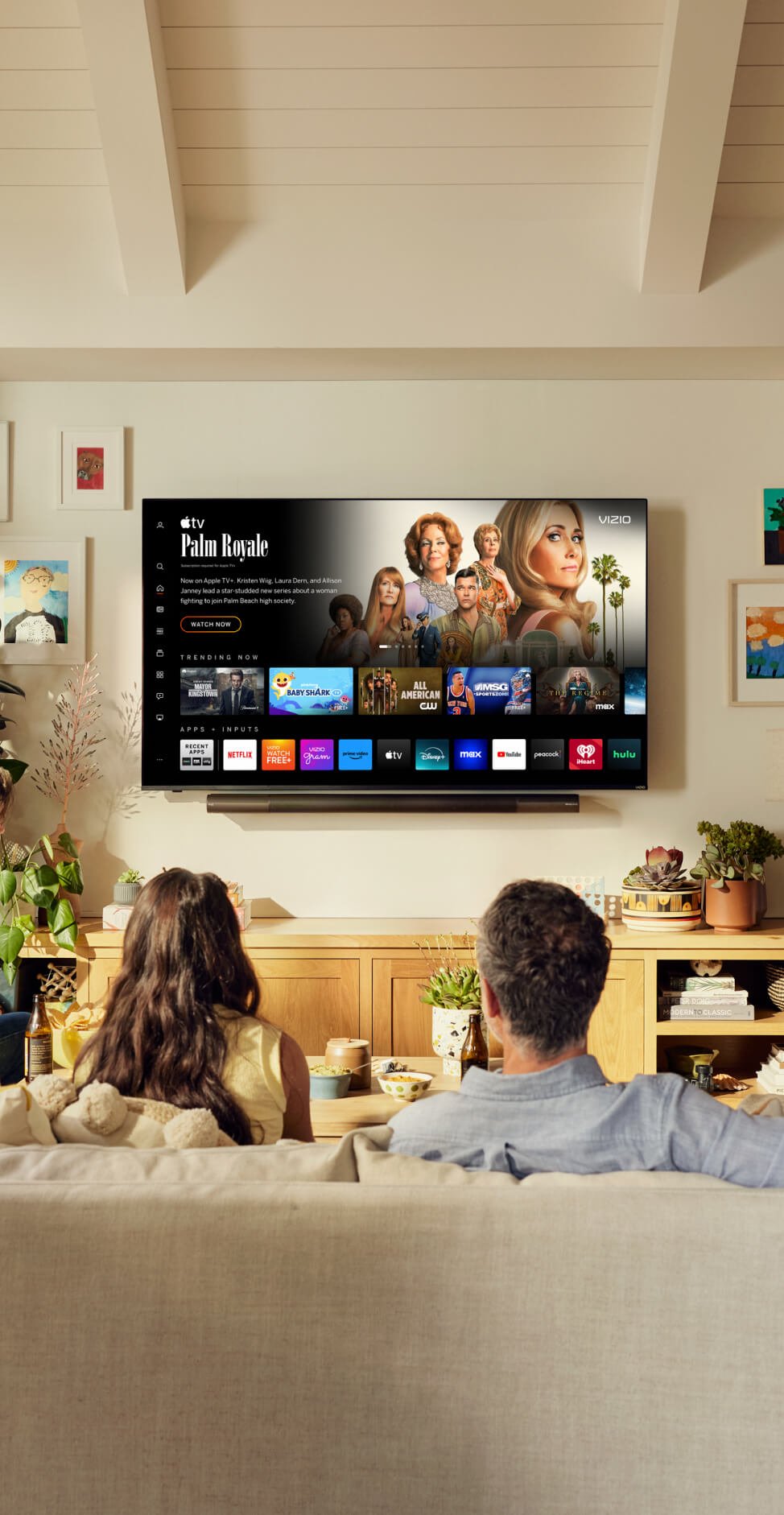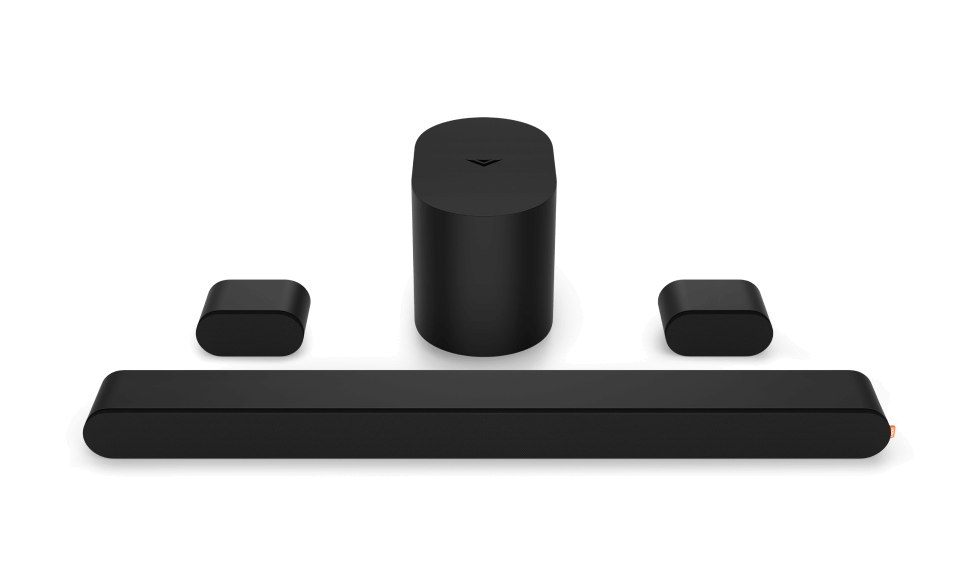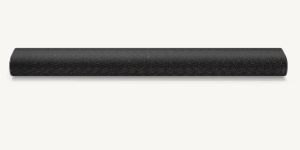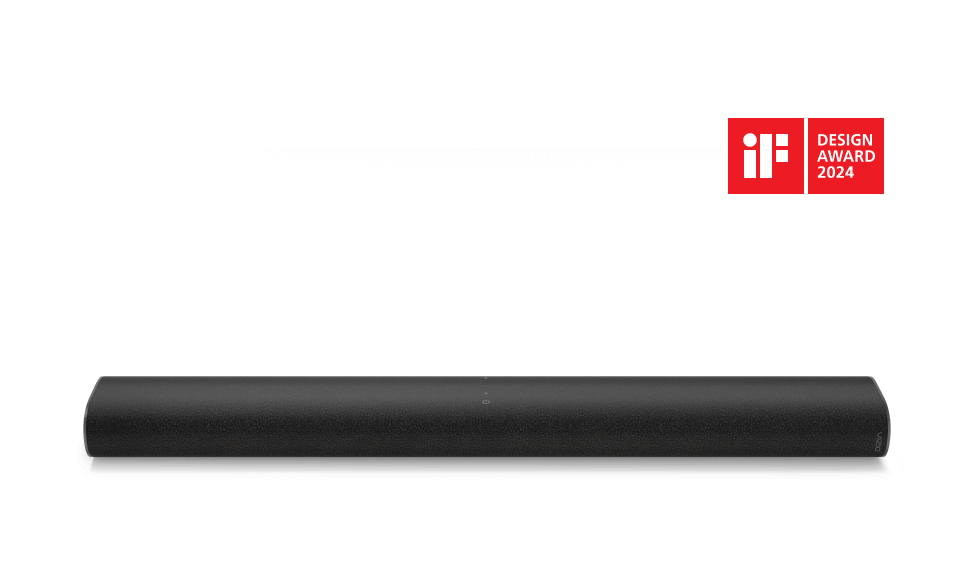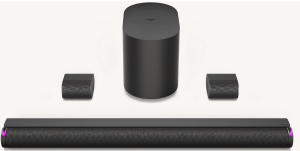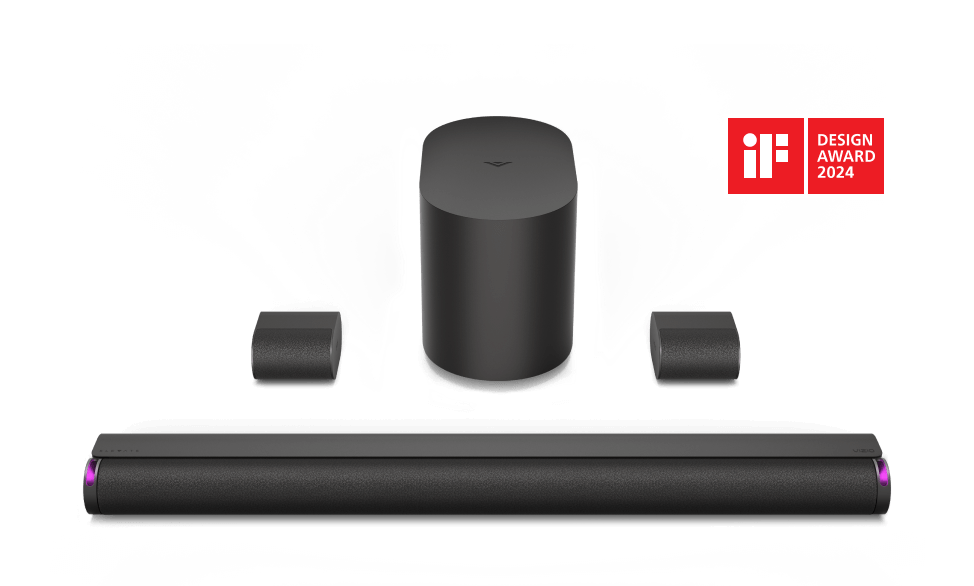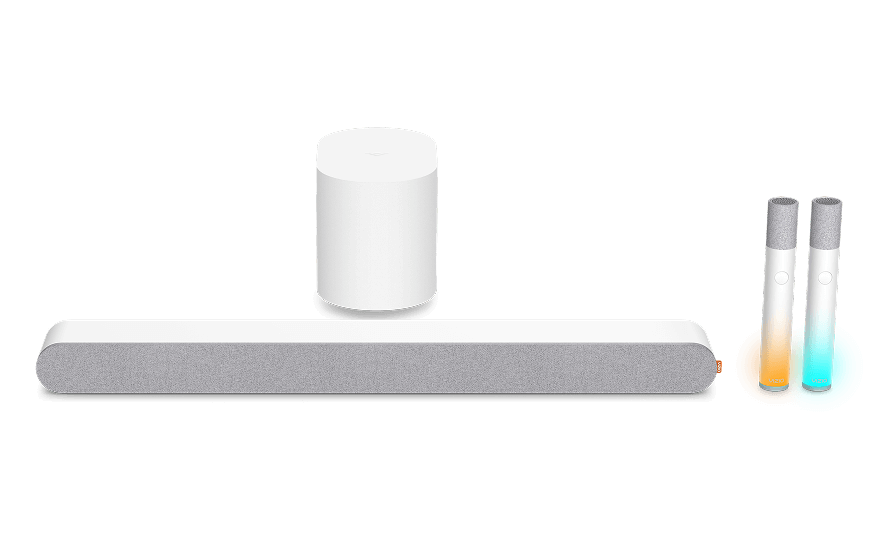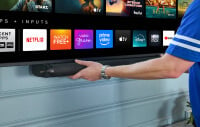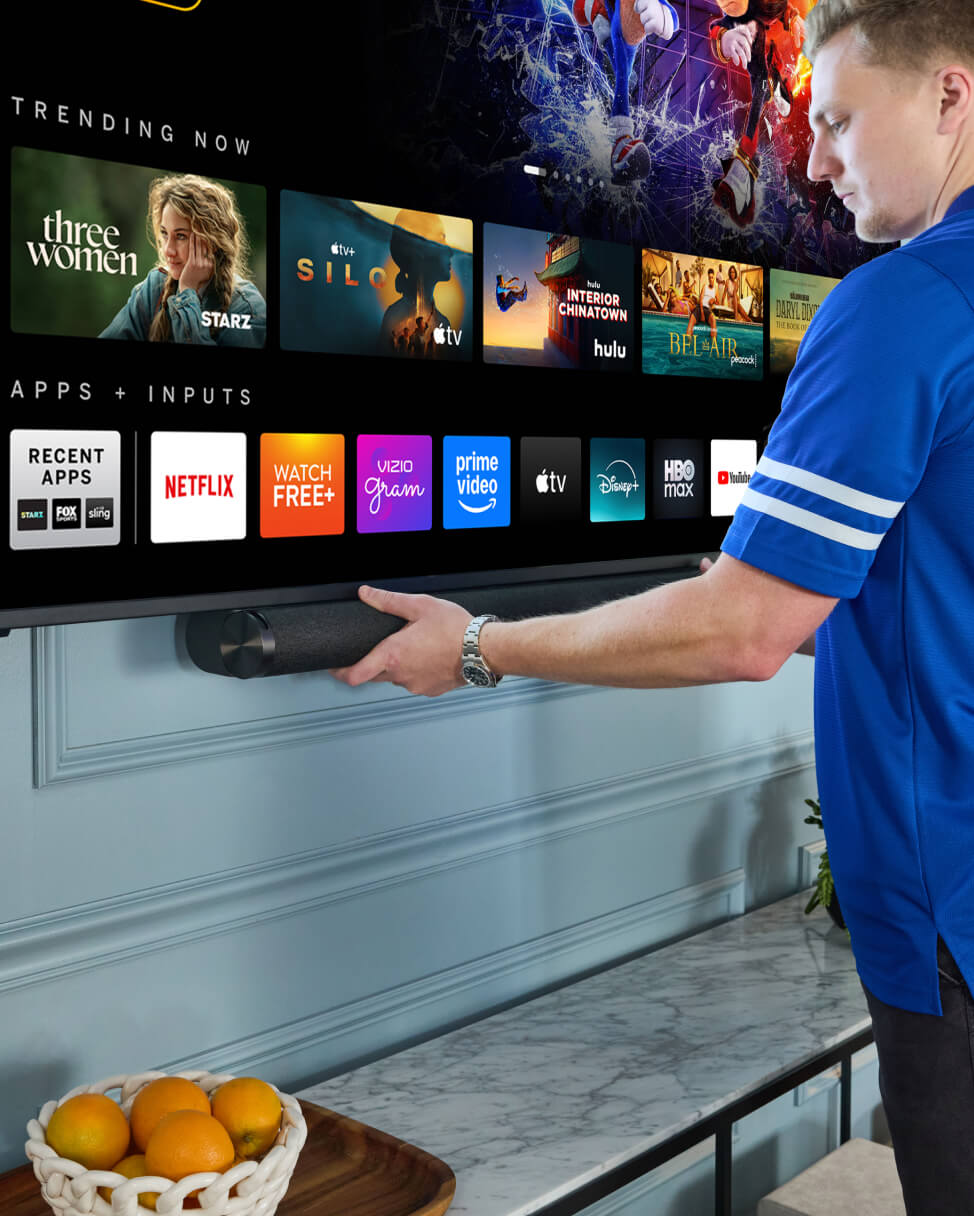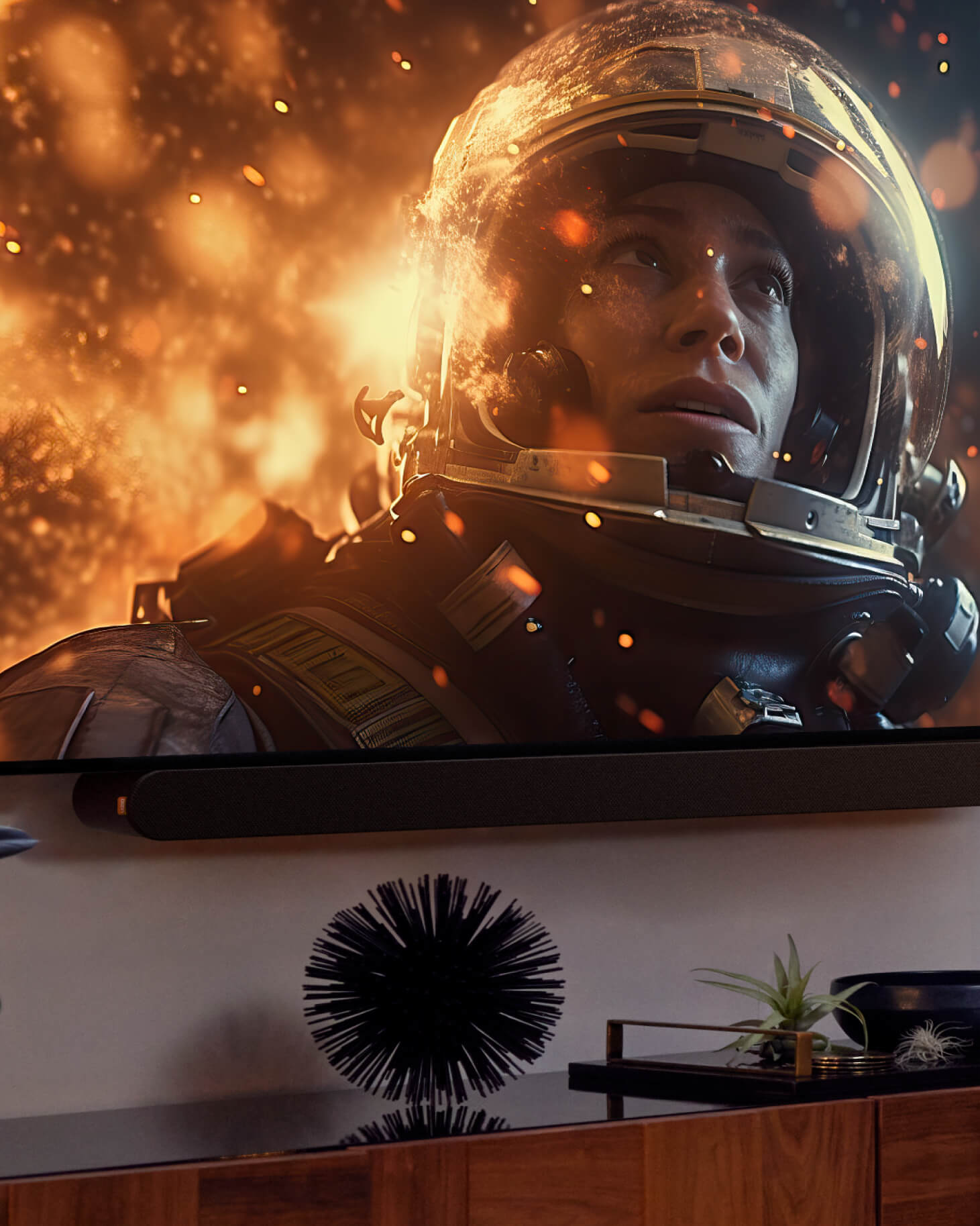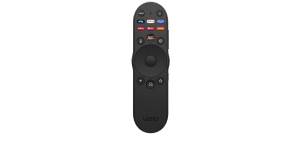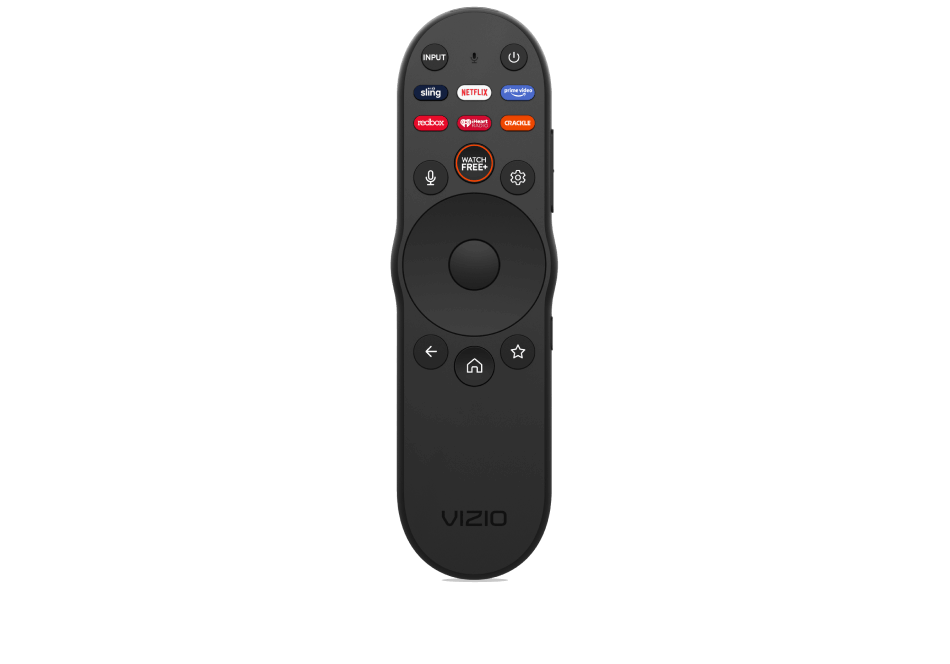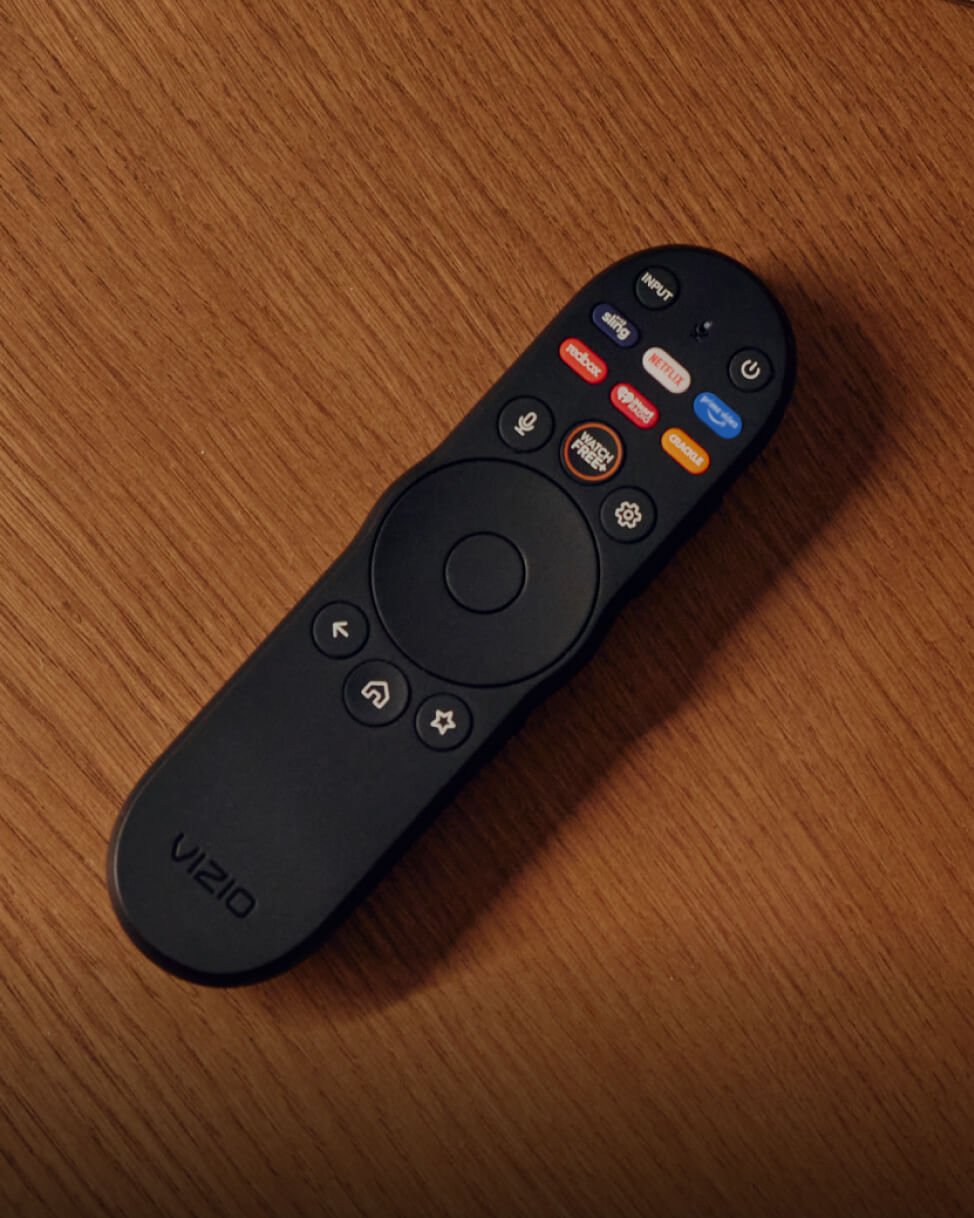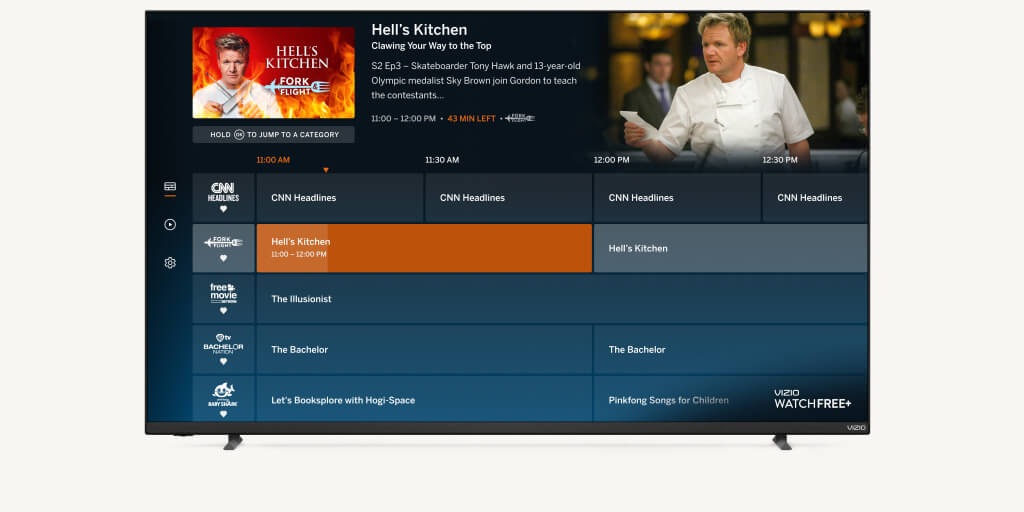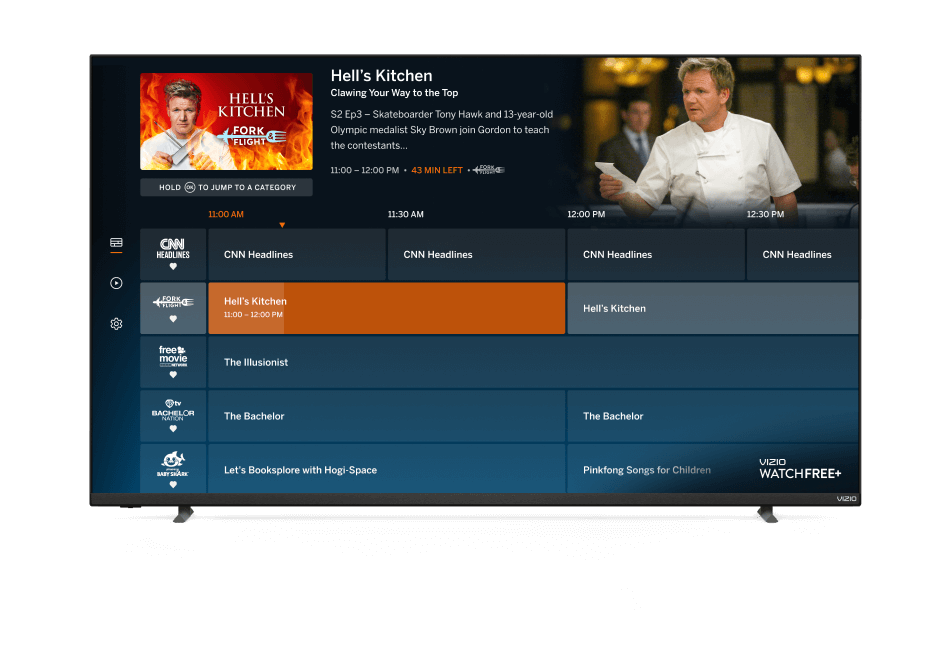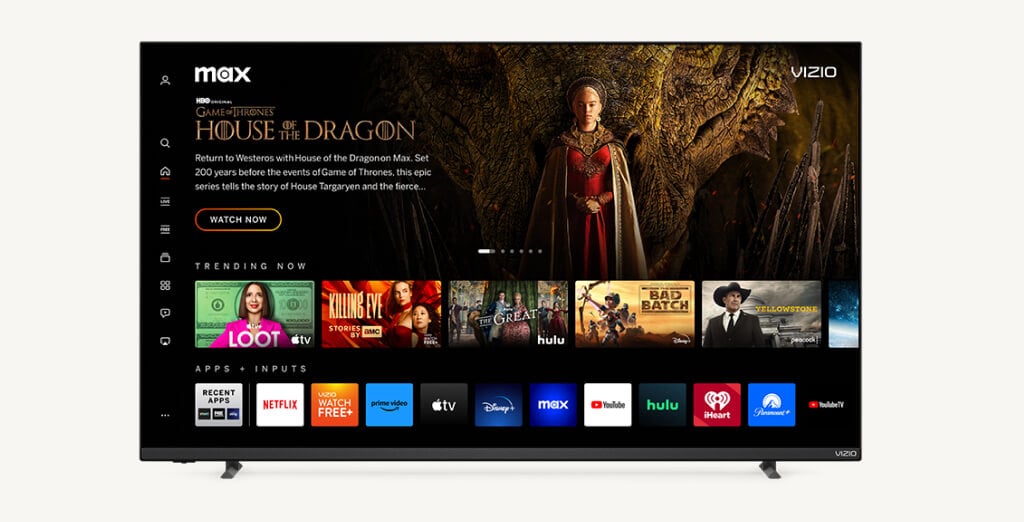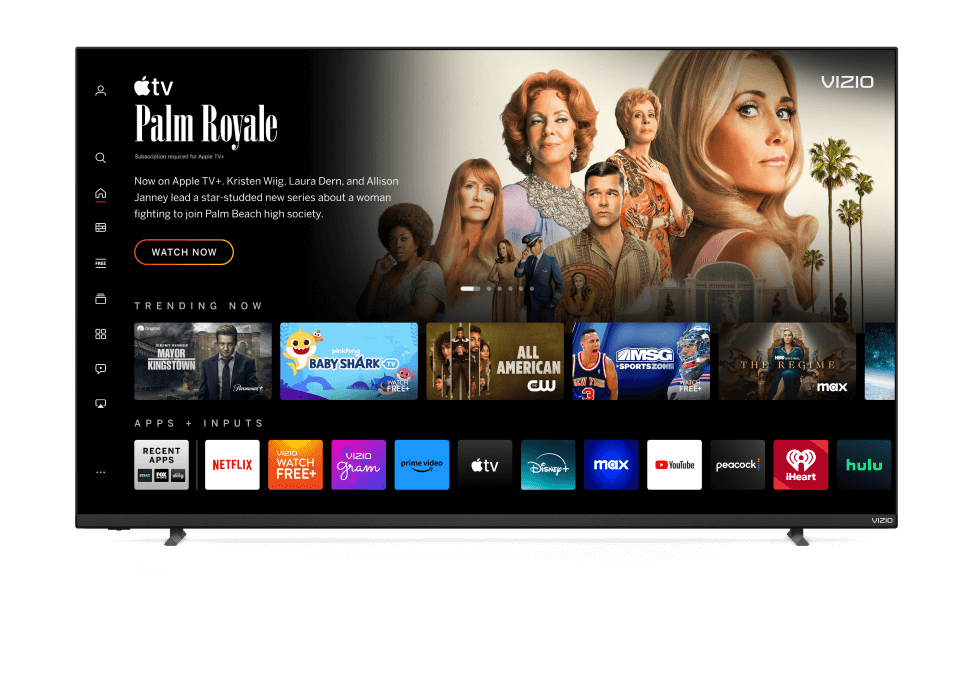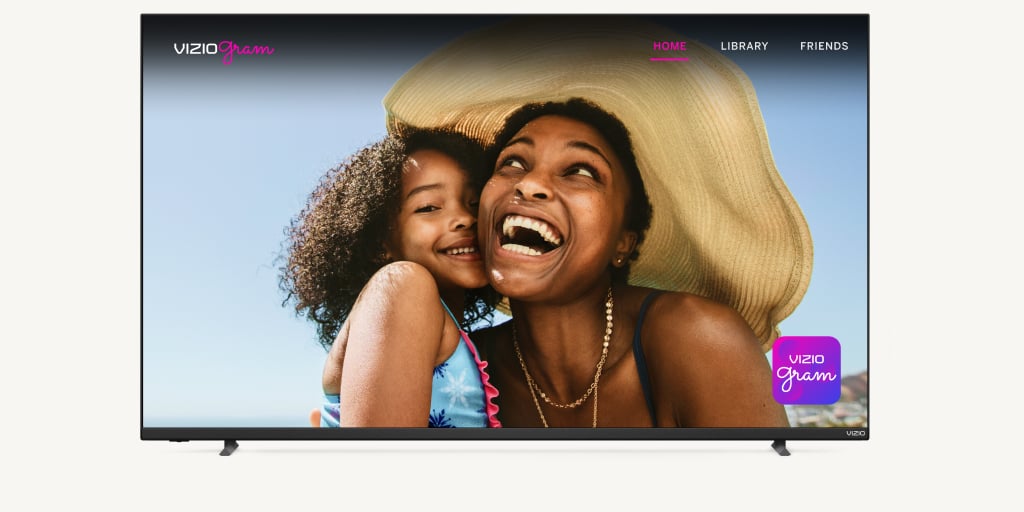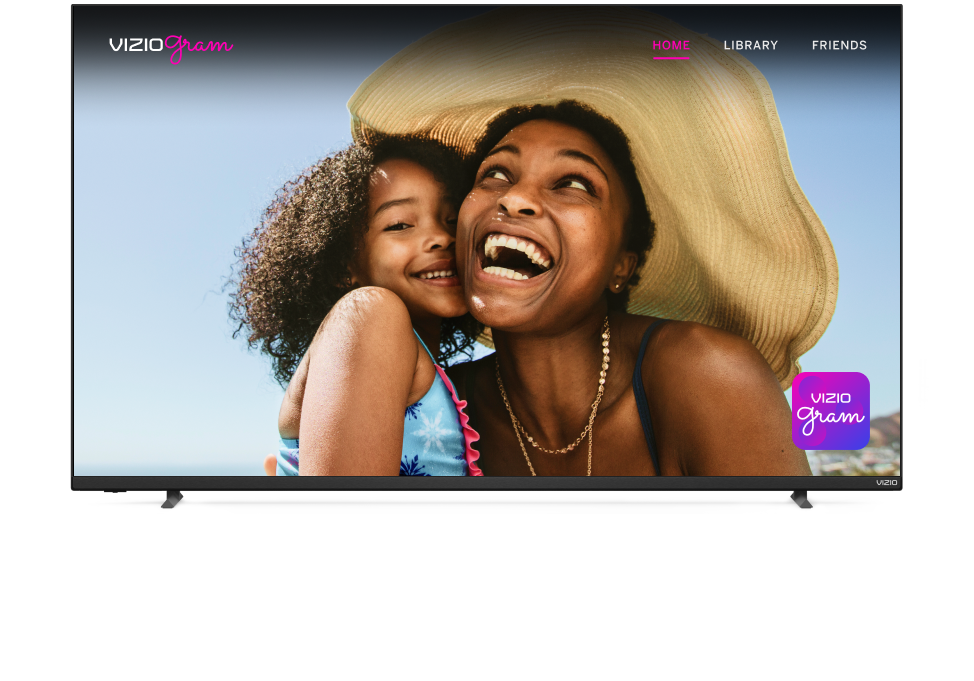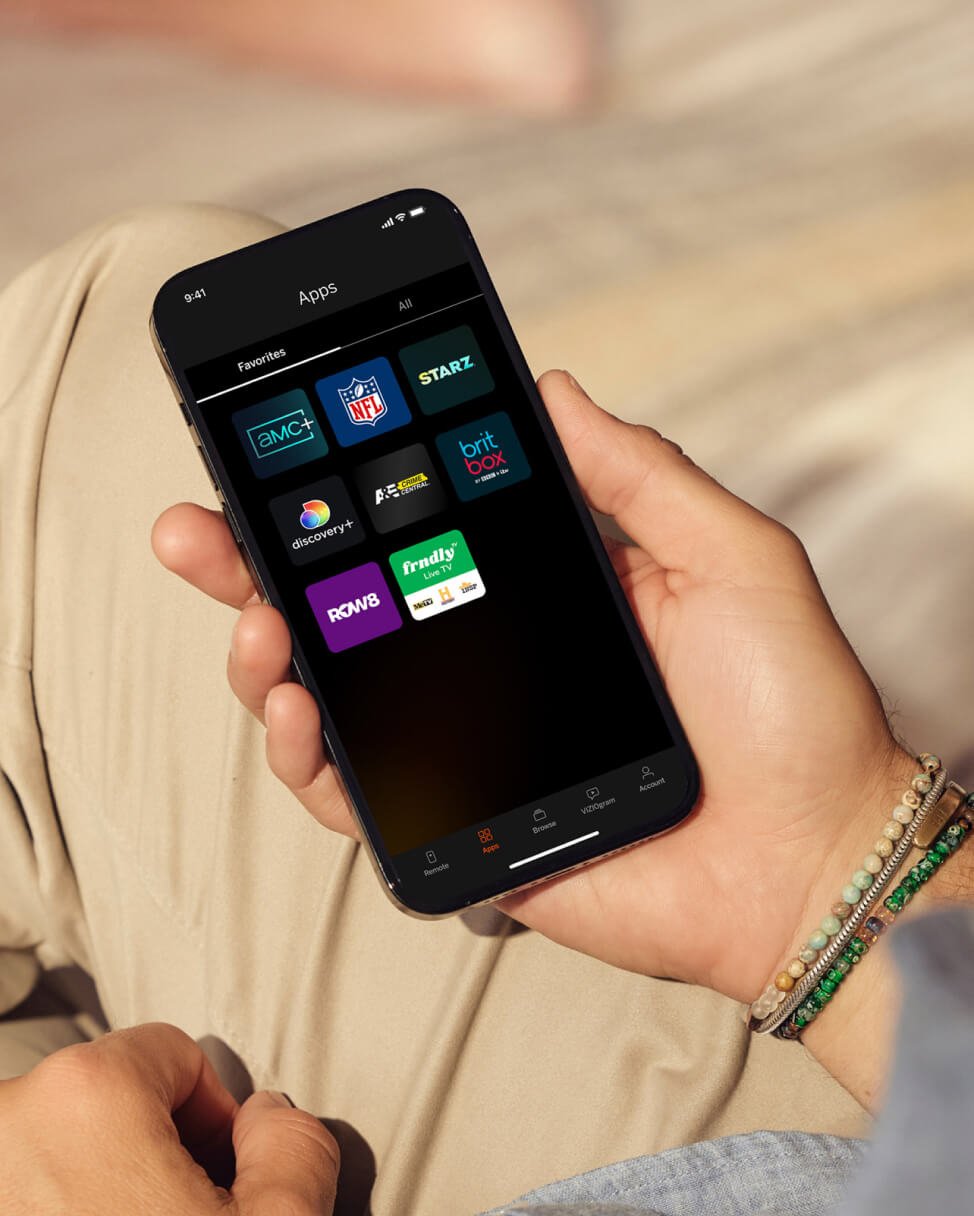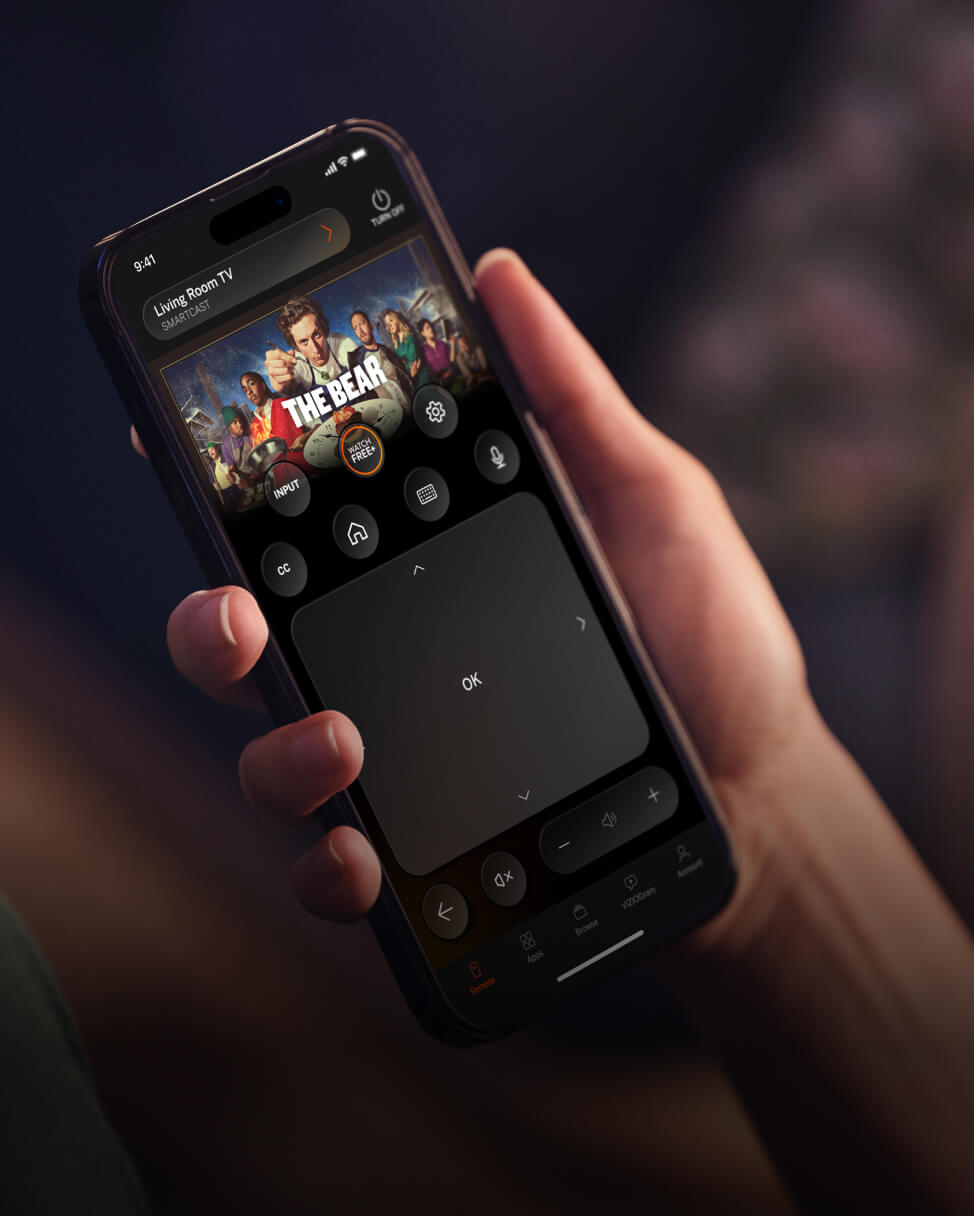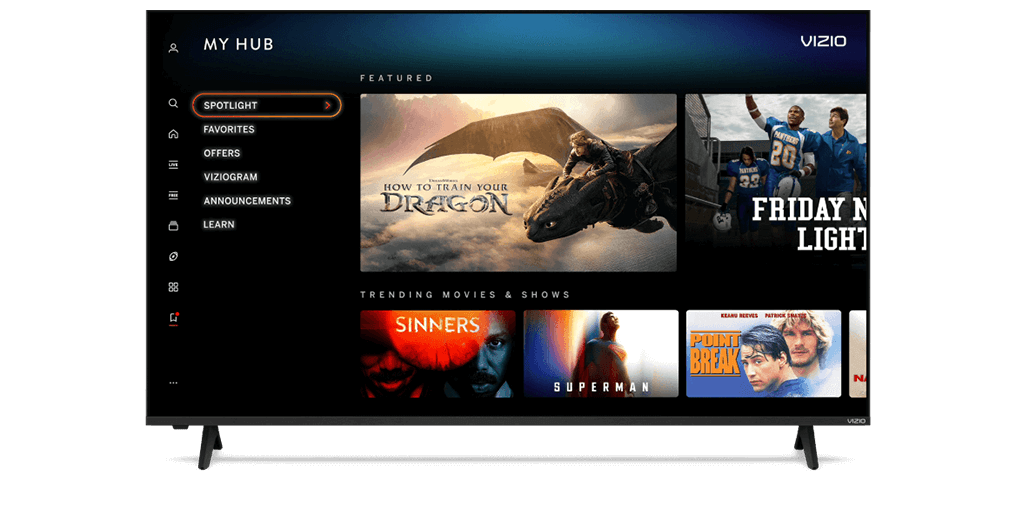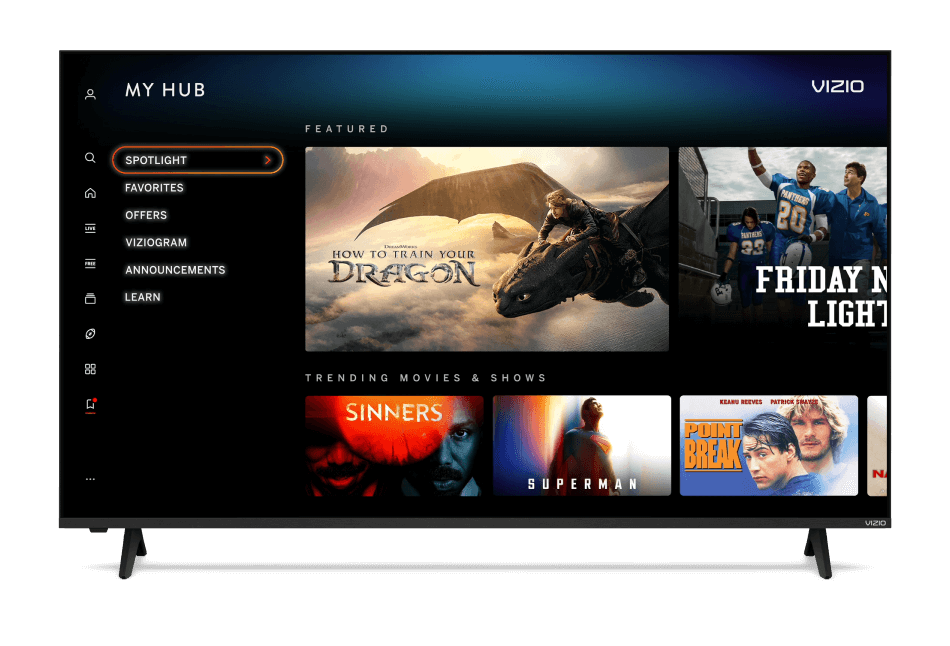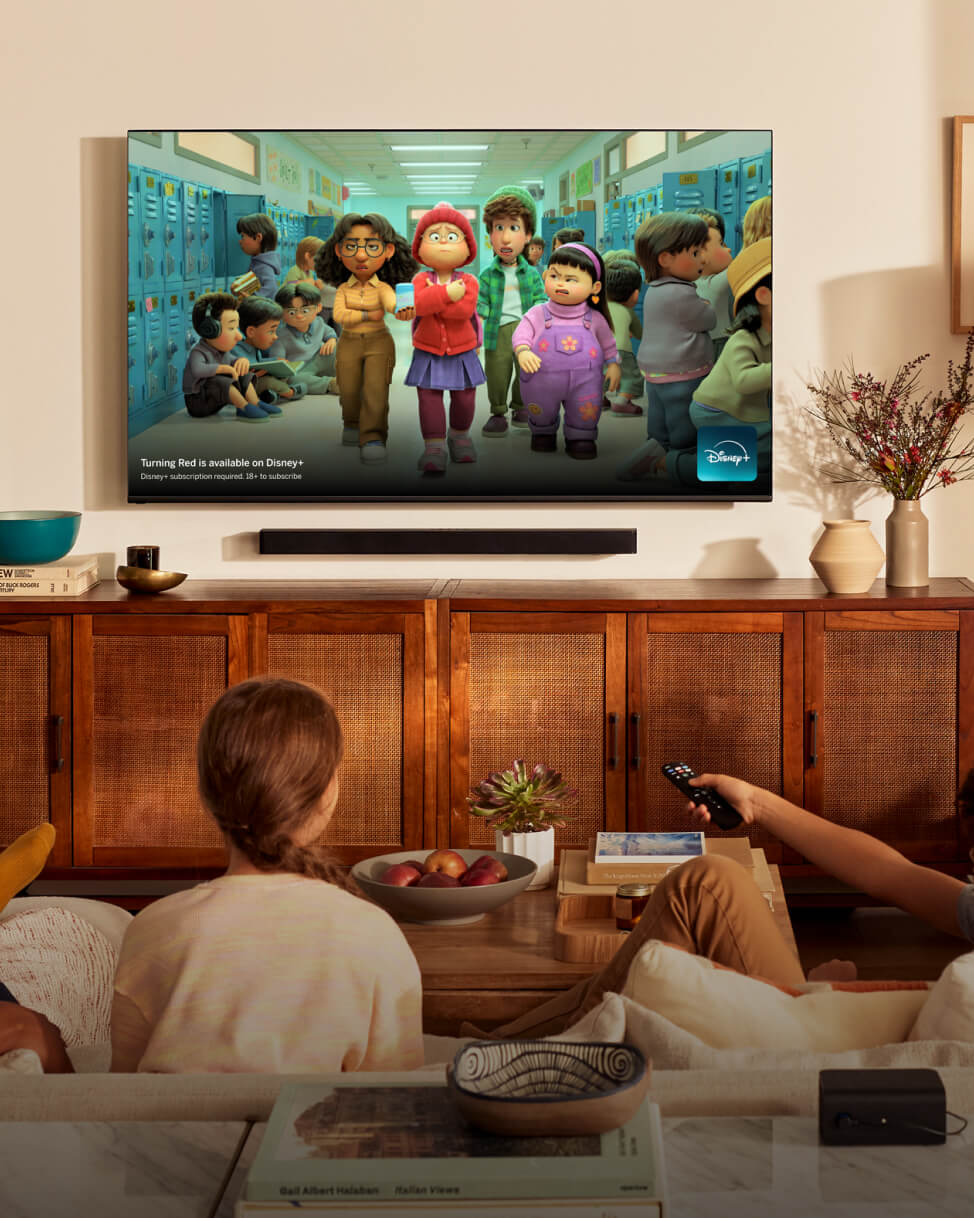Less costly LED TVs ready
August 7, 2009
TribLIVE Business
The future of television may be sitting in a laboratory in Irvine, Calif.
To illuminate images, these sets use light-emitting diodes behind the screen, resulting in TVs that can be thinner, brighter and more eco-friendly than other flat-panel models.
LED-backlit TVs -- an evolution of the standard LCD set -- have been on the market since 2004. But the sets in this lab have something that could catapult the technology into the mainstream: a far lower price.
This lab is deep inside the headquarters of Vizio Inc., the discount electronics company that became the biggest supplier of LCD TVs in North America through aggressive pricing. When it lowers prices, other manufacturers often must follow.
"When Vizio announces its prices," consumer electronics analyst Richard Doherty said, "people in the rest of the industry don't go home early that night."
So far this year, LED-backlit televisions have accounted for less than 3 percent of world TV shipments from manufacturers, according to market researcher DisplaySearch. That's because they so recently came on the scene and usually cost double or more compared with standard LCD sets.
Vizio's first LED-backlit set, which will hit the market in about a month, will be a 55-inch model priced at a relative bargain of about $2,000. Other manufacturers have LED-backlit sets in that size for about $3,500.
The adoption of big-screen LED-backlit sets probably will be slowed by economic hard times.
"Right now the sweet spot is 32-inch televisions, which can be found for $500," DisplaySearch analyst Paul Gagnon said.
In the long run, the research group is bullish on LED-backlit TVs.
"The future is LED, there is no doubt about it," said Raymond Soneira, president of DisplayMate Technologies Corp., which sells optimization software for video displays.
The television manufacturing industry could use the boost a new technology can provide.
"When the industry went from analog to digital and from tube to flat-panel, it drove a lot of growth because it was very exciting," Gagnon said. "That's what the industry needs, something to drive excitement."
But not all experts agree that the flashiness of LED-backlit sets is worth the extra money.
"Right now," Soneira said, "I think it's a marketing gimmick."
The LEDs use less energy and, perhaps more important, contain no mercury, unlike the florescent bulbs that light up standard LCD TVs.
http://www.pittsburghlive.com/x/pittsburghtrib/business/s_637220.html
